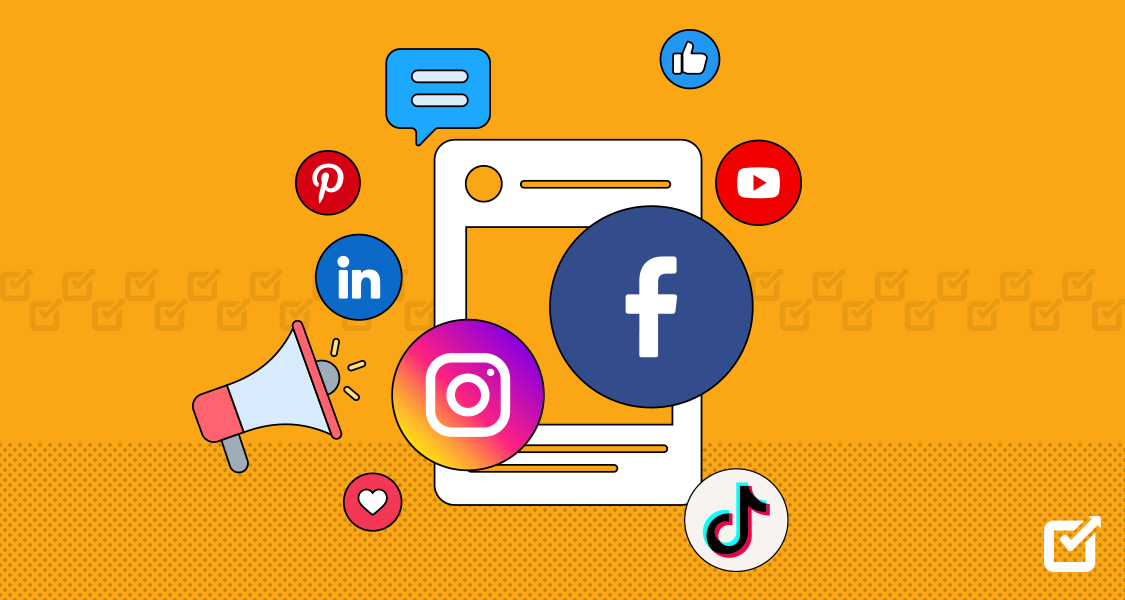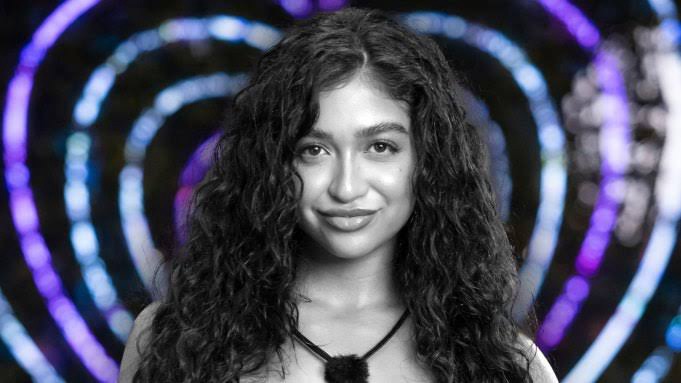In the fast-paced world of media and entertainment, transformation is a constant companion. As we peer into 2025, one trend stands out distinctively: the undeniable dominance of social platforms. These digital arenas have evolved far beyond their original social networking roots, becoming pivotal trendsetters in the global entertainment industry.
The Rise of Social Platforms
The 2020s laid the groundwork for a seismic shift in how audiences consume media. By 2025, social platforms such as TikTok, Instagram, and YouTube have not simply adapted to these changes—they have defined them. But what exactly has fueled this remarkable transformation?
- Hyper-Personalized Content: Social platforms thrive on delivering customized user experiences. Algorithms are more sophisticated than ever, offering content tailored to individual tastes and preferences, which keeps users engaged
- Interactive Features: The advent of live-streaming, real-time reactions, and interactive campaigns have brought audiences closer to creators, fostering a sense of community and immediacy.
- Short-form Media Popularity: Platforms such as TikTok have captured audience attention with dynamic, short-form videos, promoting easily digestible content while maximizing engagement.
Impact on Traditional Media
As social platforms steer the media landscape, traditional forms of entertainment—such as television, film, and print—are striving to keep pace with their digital counterparts. Below are some significant ways social platforms impact traditional media:
Challenges and Opportunities
- Decline in Traditional Advertising: Advertisers are allocating funds to social platforms that offer precise targeting and measurable results, causing a measurable impact on traditional media’s revenue streams.
- Cross-Media Integration: Traditional media is increasingly integrating social components into their offerings to maintain relevance. We see conventional news channels engaging audiences through Twitter or Instagram polls.
- Content Overload and Curation: As platforms overflow with content, curating high-quality material becomes essential, prompting traditional media to establish collaborations to remain competitive.
Creators and Influencers: The New Powerhouses
In 2025, influencers have transcended their role of product promoters. They are now the architects of cultural movements, capable of driving massive trends and even influencing political discourse. Here’s how:
The Influencer Economy
- Direct-to-Consumer Engagement: Influencers generate genuine connections with their followers, providing brands with unique ways to engage potential customers.
- Brand Collaborations and Monetization: Increasingly, brands partner with influencers for authentic marketing initiatives, ranging from product placements to long-term partnerships.
- Creator-Led Enterprises: Beyond collaborations, creators launch their own product lines or services, often with remarkable success.
The Future of Entertainment: Immersive and Augmented Experiences
2025 also marks a leap toward immersive content, as social platforms incorporate VR and AR technologies, revolutionizing how entertainment is consumed. This advancement paves the way for unprecedented user experiences.
The Immersive Era
- Virtual Reality Integration: As VR technology advances and becomes more accessible, social platforms are hosting VR events that transport users to new realms of entertainment.
- Augmented Reality Features: AR brings compelling, interactive experiences directly into the real world, adding a new dimension to user engagement.
- Enhanced Storytelling Techniques: With AR and VR, storytelling evolves into multi-sensory experiences, enhancing emotional connections with audiences.
Globalization of Digital Communities
Social platforms have transcended geographical barriers, creating global communities united by shared interests. As these digital networks grow, they nurture cross-cultural exchanges, introducing diverse perspectives and trends within the media and entertainment sphere.
Cultural Exchange and Integration
- Transcending Language Barriers: With AI-driven translation and subtitle features, content is becoming more accessible, fostering an inclusive experience.
- Cross-Border Collaborations: Creators from diverse backgrounds collaborate, fostering creative synergies and enriching content diversity.
- Viral Global Trends: Memes, challenges, and viral videos rapidly transcend borders, creating universally recognized phenomena.
Conclusion
As we dive deeper into 2025, social platforms continue to spearhead the evolution of media and entertainment. From revolutionary immersive experiences to empowering a new generation of influencers, they have redefined the norms of consumption, creation, and distribution. As traditional media adapts to keep pace, the future remains a captivating interplay between digital innovation and cultural transformation.
In this ever-evolving digital ecosystem, staying informed and adaptable is the key to success, ensuring that both creators and consumers can thrive in the face of change.



